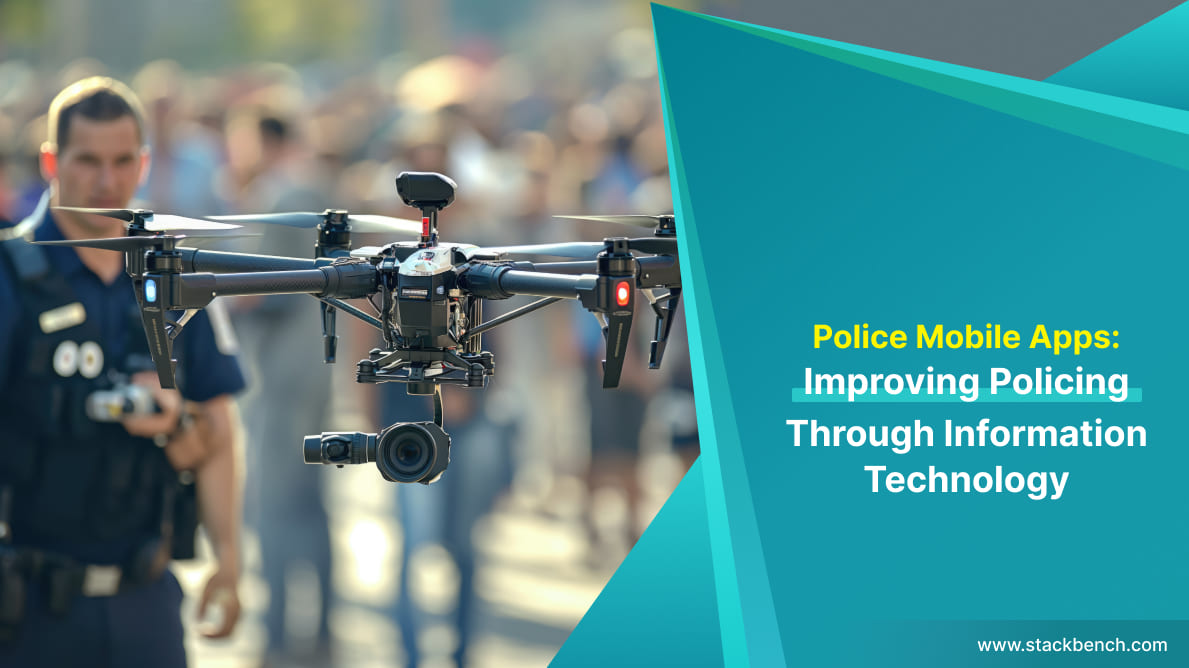
Preventative and predictive policing can be done through intelligence provided to law enforcement. What does this type of policing entail? Crime prevention starts with data and intelligence. From there, police departments can map out what areas of their jurisdiction they may need to focus on, and provide more of a police presence to decrease crime.
Catching Crime in Real-Time
Catching a criminal in real time makes a huge difference in the impact of public safety in a community. For example, in homicide cases, the first 48 hours is indeed the most important window of time. This is because more leads are typically generated during those first few hours of an incident, especially one of this nature. When first responders arrive at a scene or call quickly, they can assess the situation right away, gather evidence, and speak with potential witnesses while the incident is still fresh in their minds.
Every call that is dispatched through a dispatch center is important and the more quickly first responders can arrive on scene, the more accurate information they will acquire and the more likely they will be able to apprehend a subject quickly.
Before modern technology, if a citizen witnessed an incident they had to call on a landline telephone to their local police department. If they resided in a large city, there may have been a police box close by which is a phone booth with a direct line to first responders. Using these forms of communication, while still effective, added extra time to response and potential apprehension. Today, cell phones allow members of the public to dial 9-1-1 quickly even if the person is in an area where they do not have any other type of service. Smartphones take this fast connection to the police one step further by providing the ability to use an application as a direct line to the police.
Law enforcement apps such as UCP Police and UCP Sheriff from StackBench enable citizens to message their local police department directly. This way if a citizen sees a crime being committed they can instantly contact police, or even snap a photo or record a video and hand it right over to authorities. The ability to receive this type of evidence in real time can reduce the amount of time it may take to locate a suspect. The ability to receive photos and video also provides law enforcement with a more accurate description of the individual they are looking for.
Helpful Technology
A smartphone app that connects police officers and deputies to the public they serve can enhance situational awareness and can help serve as a crime prevention tool. In addition, law enforcement apps can also provide a tool and resource for police officers and deputies to help them conduct crime mapping. Crime mapping refers to taking information that has been gathered in a particular town or city, and figuring out what areas of town have the most crime. From there, supervisors can take that information and plan out patrol routes for officers on their shifts.
A smartphone app gives the public an easy way to report suspicious activity or criminal activity they have witnessed directly to police officers. For example, if numerous tips come in regarding a string of burglaries that have been happening at stores on a certain side of town and at a particular time of day, command staff can have their patrol officers watch that area closely at that time. Having a heavy police presence may deter crime from occurring, it provides other citizens peace of mind, and law enforcement may be able to catch a suspect in the act of committing a crime.
Citizens are more likely to report incidents they see if they have a convenient tool. UCP Police and UCP Sheriff provide citizens with a direct line of communication with the police. This particular application also allows citizens to remain anonymous while reporting what they see. While some individuals do not mind telling law enforcement their names, others would rather not be directly involved in the incident. When a police app offers the choice to remain anonymous, more citizens will be willing to report what they see.
When local law enforcement is given helpful tips on a case or an incident that is occurring or may have just occurred, the probability of the case or an issue being resolved is higher. A real-time prevention app makes this possible.

Community Partnership
Being transparent with the community is important for law enforcement agencies. When a police department or sheriff’s office is transparent in their community, the public will grow to respect their local law enforcement more. Transparency also enhances situational awareness and public safety and earns the trust of the citizens they protect and serve.
The more respect a community has for their local police and sheriff’s offices the more likely they are to help out law enforcement with information. Another way law enforcement can build rapport is to provide information about their department and officers to citizens. The UCP Police and UCP Sheriff apps include a category a law enforcement office can set up that tells the public about the police department and sheriff’s office. In addition, there is an option to include “know your Chief or Sheriff”. The more comfortable citizens are with their local law enforcement the more likely they will trust officers and deputies.
A crime mapping app can provide situational awareness as well. When law enforcement is aware of certain activity happening in a particular area they can be prepared for it. In addition, command staff can prepare officers for their shifts by telling them what to look for and what to be aware of. Also, a crime prevention app such as UCP Police and UCP Sheriff makes it easy for law enforcement to make a public post so that citizens may be aware of potential threats in the area. Police can make a post regarding a particular situation in seconds and with the touch of a button they can disperse it to several social media platforms. This is an excellent feature for those times when police need to make the public aware of a particular situation or person to stay away from. This is also a great way for law enforcement to ask the public and even neighboring agencies for help. Though dispatch and landline phones are still valuable to police and sheriff operations, an application cuts down on the amount of time it takes to contact police officers. With dispatch or landline, the public may end up speaking with three people within the department before the message is related to the first responders who will respond. A real-time prevention app connects citizens directly with law enforcement, which potentially lessens the amount of time it may take them to respond.
Choosing an App
A law enforcement app is an excellent way for command staff to keep their officers informed and accountable. For example, the crime mapping app from StackBench has messaging and email options for law enforcement personnel to communicate with each other. This feature even can be set up so that if command staff sends a memo, they can see if it was read and by whom. Keeping law enforcement accountable is important. This particular feature also enhances officer safety. After all, if a Sergeant is aware of a potentially dangerous situation and must tell other personnel on their shift, they can write a memo and ensure each person reads it so they are aware of the details of that situation.
The UCP Police and UCP Sheriff apps are both set up specifically for police departments and sheriff’s offices. While both entities are law enforcement organizations, they have differences. These apps are tailored to suit the appropriate type of agency. In addition, these real-time prevention apps are economical for law enforcement to use and free to the public they serve. The majority of the population is used to using a smartphone and applications. An application made for law enforcement can help in a variety of ways including crime mapping, community connection, and crime prevention.
A law enforcement app can expedite the time it takes for a citizen to report an incident to the actual response time of officers. Faster response time means that public safety is upheld. Citizens, law enforcement officers, and command staff alike will benefit from a police app.
The goal of every law enforcement agency is to reduce crime rates and protect their citizens. Take a look at the StackBench website today and find out more about the UCP Police and UCP Sheriff apps. Each is customizable and can enhance and assist law enforcement agencies. Mobile apps are the future and a real-time prevention app can impact an entire community in a positive way.
